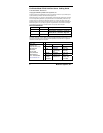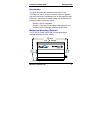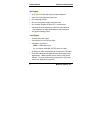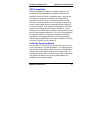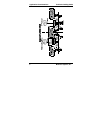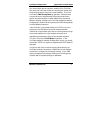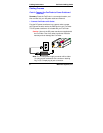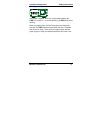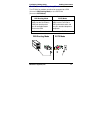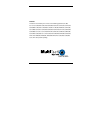
FaxFinder Cabling Guide Application Considerations
MultiTech Systems, Inc. 7
If the FaxFinder is connected to a PBX station port and that PBX
can route multiple phone extension numbers to the FaxFinder,
then each user can have his/her own incoming fax number and
faxes will go directly to each user’s email address. This is the
FaxFinder’s PBX Routing Mode of operation. Because there
are several ways of implementing PBX routing mode (some
generic and some specific to certain PBXs) there are several
different “Routing” settings in the FaxFinder software’s “Modem
Configuration” screen that will implement the PBX Routing Mode
for these different situations.
If the FaxFinder is connected directly to a POTS line or to the
station port of a PBX that cannot route multiple extension
numbers to a single station port, then all incoming faxes must go
to the email address of a single recipient who acts as an
attendant and forwards the faxes to the intended recipients.
This is the FaxFinder’s POTS Mode of operation. In the
FaxFinder software’s “Modem Configuration” screen, you simply
choose the “POTS Line” option to implement the POTS Mode of
operation.
In order for each user to receive incoming faxes directly, the
FaxFinder must be connected to a PBX that can route multiple
extensions to a single port (convergent routing). If your PBX
does not support this convergent routing, then incoming faxes
must be sent to recipients through an attendant.




